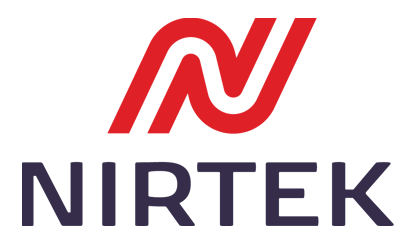 A new Australian company called Nirtek is gearing up to develop and commercialise innovative technology that uses lasers to detect unstable coronary plaques, the leading cause of deadly heart attacks.
A new Australian company called Nirtek is gearing up to develop and commercialise innovative technology that uses lasers to detect unstable coronary plaques, the leading cause of deadly heart attacks.
Fatty deposits known as atherosclerotic plaques can build up over time in the walls of the arteries, leading to coronary artery disease — the world's biggest killer. If these plaques rupture, they can cause blood clots that block blood flow to the heart.
Nirtek's new technology uses near infrared laser light to identify these dangerous, rupture-prone plaques, so doctors can treat them before they lead to heart attacks.
The device is based on the pioneering research of Professor Karlheinz Peter and his colleagues at the Baker Heart and Diabetes Institute, with patents already granted in both the USA and Japan.
Nirtek combines this research and clinical expertise with the ingenuity of Swinburne University optical physicists for prototype design, and the specialised skills of RMIT nano researchers to develop the strategy for large-scale manufacturing of the product.
Professor Peter said too many people were suffering from heart attacks even after undergoing an angiogram — the gold-standard detection measure for plaque build-up – highlighting the need for a better solution.
"While an angiogram can determine the presence and the degree of narrowing caused by plaque build-up, it cannot accurately determine whether an area of plaque is stable or unstable. Nor can any other test currently available," he said.
"Currently, preventative treatment is determined by the amount of narrowing in the artery, typically if it is blocked more than 70 per cent. However, extensive evidence shows unstable plaque can cause heart attacks well below that threshold. That means we could be walking around with a ticking time bomb, without knowing it.
"The new solution we have developed offers a way to detect the contents within coronary plaques so we have a much better idea of those that are vulnerable to rupture."
The core technology is guided through a catheter, which is inserted into the coronary artery being examined. Near-infrared light is then directed at plaques, which if unstable will produce a signal due to the contents associated with plaque instability having high auto-fluorescence properties.
This auto-fluorescence signal is detected by the device and presented to the cardiologist, who may then decide to apply interventional therapies such as stents or medication to stabilise the plaque, in the hope of preventing future heart attacks.
Nirtek CEO Matthew Hoskin said the technology was a terrific example of medical research providing the solution to a clearly defined clinical problem, in this case helping to prevent Australia's biggest killer.
"Our solution is a locally-engineered technology that with some further product development and testing will translate to the clinic and ultimately benefit a huge numbers of patients," Mr Hoskin said.
"With such an impactful product in development, and with an experienced team in place to deliver it, Nirtek is aiming to become one of the next Aussie medtech success stories."






